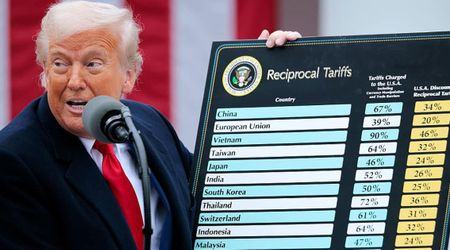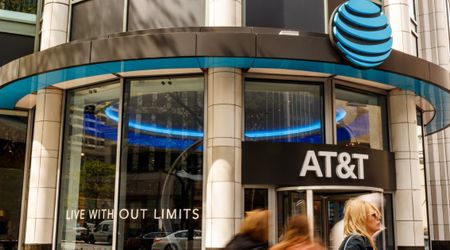Retailers Forced to Balance Strict Policies With Consumer Convenience to Combat Fraudulent Returns

The ability to return products or clothes in a swift manner through online channels is essential for the overall consumer experience on e-commerce platforms. But the efforts to ensure customer convenience also have its downside for e-tailers, since scammers can manipulate it to siphon off money. The surge in fraudulent returns has now emerged as a major challenge for e-commerce marketplaces, which need to curb scams while ensuring that consumers don't face a hassle. According to a report from the National Retail Federation (NRF), total retail shopping returns in 2023 amounted to a staggering $743 billion, constituting 14.5% of all sales, a marginal decrease from the 16.5% reported in 2022.

Rising menace of fraudulent returns
Despite the overall reduction in return rates, there is a noteworthy uptick in fraudulent activities, accounting for 13.7% of all returns, as reported by the NRF. This growing trend is prompting retailers to reevaluate their strategies and implement stricter rules to curb abuse. Beyond the financial loss, fraudulent returns are also impacting inventory management, customer trust, and the overall operational efficiency of retailers.
The impact of wardrobing on retailers
One of the most prevalent forms of return fraud is "wardrobing," where customers return used, non-defective merchandise, such as clothing, after using them. The NRF's survey reveals that nearly 49% of retailers identify wardrobing as a significant problem. Retailers are left grappling with how to differentiate between legitimate returns and those driven by deceptive motives.
Wardrobing is not as harmless as it seems, since it erodes profit margins, disrupts inventory forecasting, and places an undue burden on retailers to discern genuine returns from fraudulent ones. A survey conducted by Narvar, a post-purchase platform provider for online retailers, found that approximately 36% of consumers admitted to engaging in some form of return fraud, with wardrobing being the most common at 13%. Notably, men are reported to be 50% more likely to engage in wardrobing, and shoppers aged 18 to 34 exhibit a higher propensity for returning used items.

Stricter return policies as a defense mechanism
In response to the growing threat of fraudulent returns, retailers are proactively adopting stricter return policies. This multifaceted approach includes the introduction of return fees for online orders, a reduction in the return period, and the enforcement of no-cash returns on items without a receipt. According to the NRF, these stricter policies are designed to stop scammers from converting stolen or wardrobed goods into hard cash or store credit.
Return fee implementation
The scams have triggered widespread implementation of return fees to discourage online returns. According to a survey conducted by retail service provider Happy Returns, 81% of merchants reported the introduction of return fees in 2023. Major retailers have embraced this strategy, with TJ Maxx imposing a $10.99 fee for returned items, Macy’s charging customers $9.99 for a return, and Abercrombie & Fitch establishing a $7 return fee.
The imposition of return fees is not intended to penalize genuine returns but are supposed to act as a deterrent against abuse. In many cases, these charges can be avoided by returning items to a physical store location or by being a member of the retailer's reward program.
But Amazon, the largest retailer in the US, has continued to offer free returns, while it does not shy away from applying fees in certain scenarios. For instance, customers using a UPS store for returns might face a $1 fee if there is a closer alternative return location.

Exploring insurance as a solution
As retailers grapple with the complexities of fraudulent returns, some are exploring innovative solutions, including the introduction of insurance. According to Narvar's survey, 56% of customers would be willing to pay up to $3 to guarantee a full refund on an order of up to $100, while 73% expressed a willingness to pay for refund insurance for a product costing up to $1,000.
This suggests that consumers recognize the value of insurance in protecting their purchases and are willing to contribute to safeguarding the integrity of the retail ecosystem. Refund insurance not only provides financial protection to consumers but also offers retailers an additional layer of security.
Counterfeiting has also emerged as a tactic employed by fraudsters to deceive retailers, especially when a receipt is required. The NRF report highlights instances where fake online receipts are used to trick retailers into accepting a return in-store. Retailers have also reported instances of fraud through "appeasements," where customers claim a product is defective to receive a credit for an online order.
Another ploy that remains a cause of concern is fraudsters returning empty boxes while claiming refunds. Some individuals exploit this method to resell the item on alternative platforms like eBay, compounding the financial losses for retailers.
























